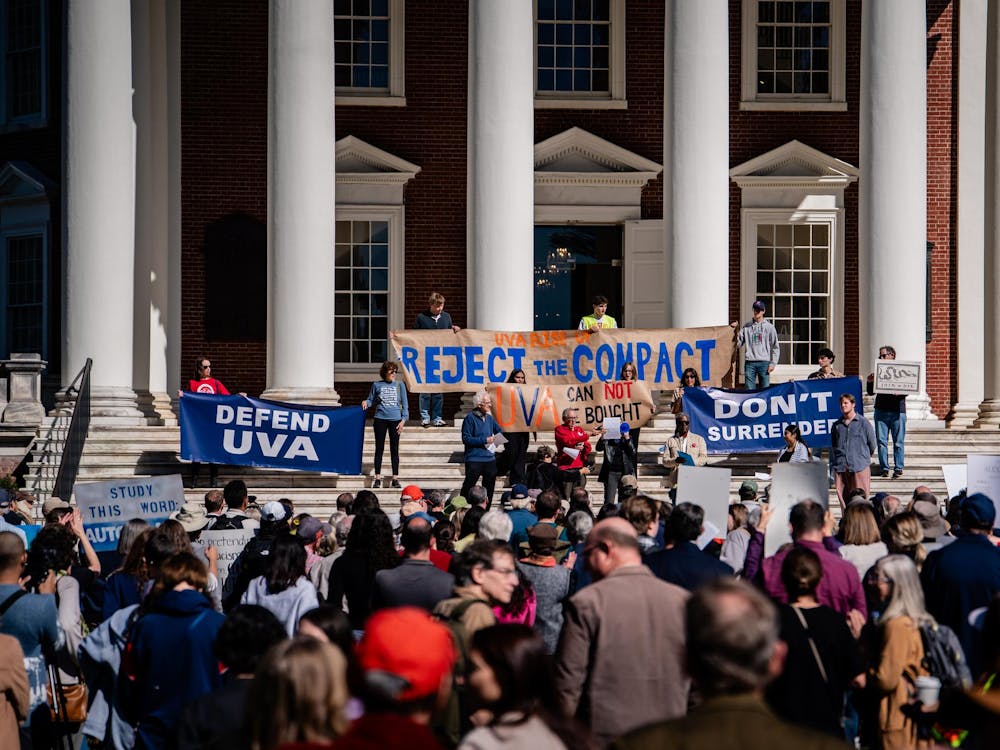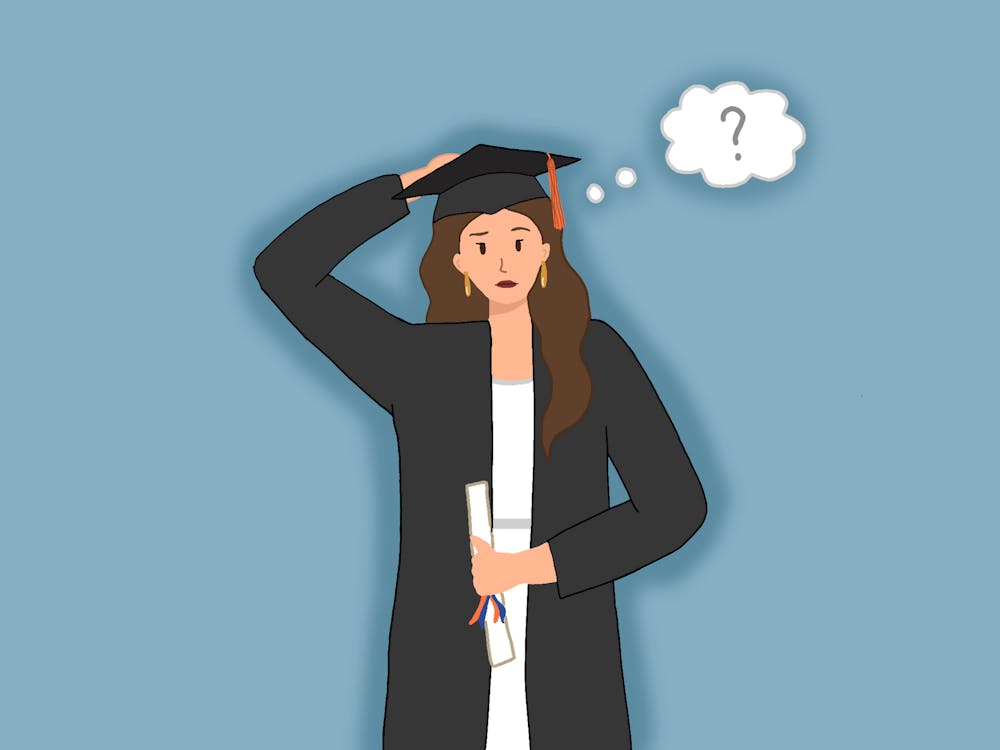We at Mr. Jefferson’s University owe it to our founder to understand the basic principles of religious liberty. His Virginia Statute for Religious Freedom, enacted in 1786, was one of his three proudest accomplishments.
Nearly everyone is for religious liberty in principle, but particular applications are often controversial. Religious liberty has been caught up in the culture wars. Too many Americans think that religious liberty means whatever is good for conservative believers, and too many others think it means whatever limits or controls those believers.
Each side emphasizes one of the two Religion Clauses, and tries to minimize the other. The Free Exercise Clause forbids any law “prohibiting the free exercise” of religion. The Establishment Clause prohibits any law “respecting an establishment of religion.” An established religion is a religion supported by the government. So one clause says that government cannot restrict the private exercise of religion, and the other says that government cannot itself support religion.
These two clauses were not an awkward compromise between religious and anti-religious factions. Religious minorities in the 1780s, mostly evangelical Protestants, successfully demanded both clauses. They believed that government support for religion was as dangerous as direct government interference. Government support for religion taxed people to support religions they did not believe in. In recent memory, it had forced people to attend religious services they did not believe in. And government support corrupted true religion, by making religion dependent on state support and subject to majority opinion about what kinds of religion to support.
Free Exercise
Nearly everyone understands and agrees that government cannot ban a particular religion. But even this principle is being tested in scattered disputes around the country, where cities are trying to prevent Muslims from building mosques.
The more important free exercise issue in our time is the right of people to practice their religion in a pervasively regulated society. Can Native Americans continue their ancient practice of using peyote in their worship services? The Supreme Court said no, but Congress said yes. Can people under 21 receive communion wine? That’s illegal in most states, but the law is never enforced, and it would likely violate protections for religious liberty if it were.
Exempting religious practices from regulation becomes controversial when an organized interest group is pushing for regulation. The hot-button issue of the moment is whether religious institutions can be required to cooperate in providing medical treatments they find morally reprehensible — contraception, sterilization and the morning-after pill. Can caterers, photographers and musicians be required to personally assist with same-sex wedding ceremonies, even if they believe that marriage is a religious relationship and same-sex marriage a sacrilege? Can a church that is new to a community build a place of worship in the face of not-in-my-backyard land use regulations?
The free exercise of religion does not entitle anyone to inflict significant harm on others. But the political forces seeking to regulate religious believers and religious institutions have shown a remarkable willingness to regulate for symbolic reasons, without proof of actual harm. And they have denied that anyone has a constitutional right to actually practice his religion — “exercise” it — as opposed to merely believing it. Before you argue for regulating someone else’s religious practice, stop to ask yourself whether they are really inflicting harm. Or are they just declining to work affirmatively for your agenda? Or do you just find them annoying? Only compelling reasons justify interfering in someone else’s religious exercise.
Establishment
Americans agree that government should not pay the salaries of ministers or the costs of building and maintaining churches. We disagree much more about the terms on which government can pay for education or social services delivered by religious organizations. The Supreme Court’s answer is that government can pay religious providers for secular services, so long as the recipients of those services have a free choice between religious and secular providers.
That has been controversial, but the hottest-button issue is government-sponsored prayers and religious displays in schools and public meetings, in courthouses and city parks. Here, the blinders are on the religious side. Those who wants prayers at every public event seem unable to understand why religious minorities — nonbelievers and believers of other faiths — do not want to attend someone else’s prayer service, however short, as a condition of participating in public events.
Nor do they seem to understand how prayer in these circumstances becomes politicized, dependent on maintaining its local majority. As a community becomes more pluralistic, as a local super-majority becomes a mere majority, government-sponsored prayers become more negotiated, more ecumenical, less satisfying to their original supporters. Do we pray in Jesus’ name, or not? There is no good answer to that question at a government-sponsored event. Leaving Jesus out seems incomplete to many Christians; putting Jesus in seems blasphemous to many Jews, and exclusionary to many other non-Christians. And any prayer at all will feel exclusionary to the roughly 50 million nonbelievers in America.
The Two Clauses Working Together
Religious liberty is for everybody, believers and nonbelievers alike. The two Religion Clauses are equally important. Protecting everyone’s belief and practice with respect to religion means that each of us must sometimes limit what we demand of our fellow citizens and limit what we impose on our fellow citizens.
Douglas Laycock is the Robert E. Scott Distinguished Professor of Law.






